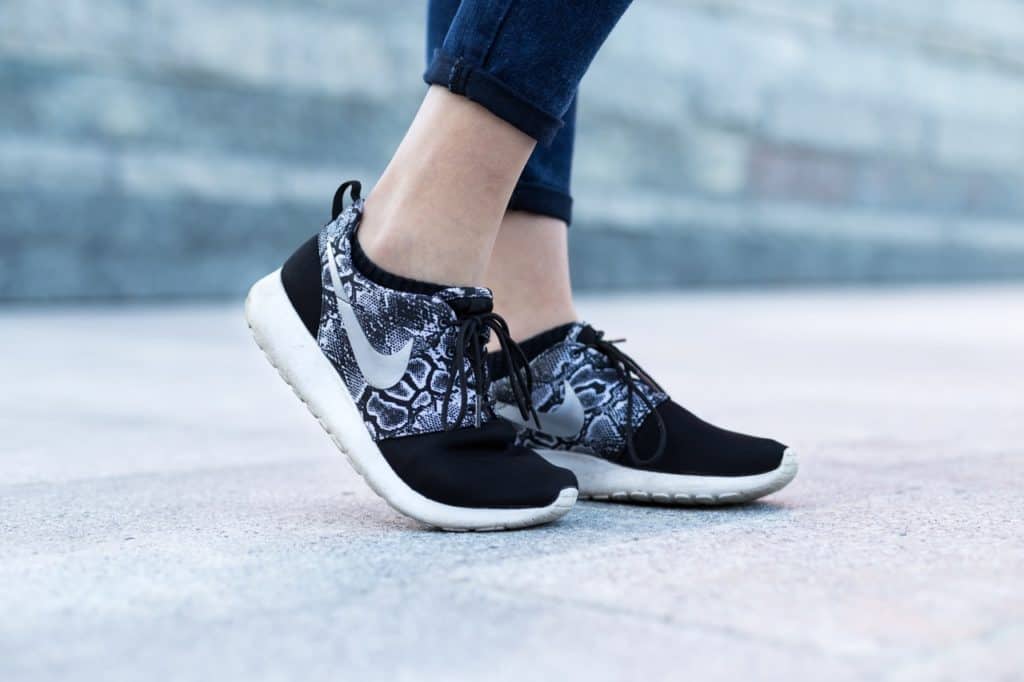Fashion Trend Analysis: What exactly is Athleisure?
“Casual clothing – like yoga pants, sweatpants and hoodies – that are designed to be worn for exercising and for doing (almost) everything else.” This is Merriam-Webster’s definition of athleisure, the new fashion trend that has been taking the industry by storm. From brands like Lululemon and Athleta, to collaborations like Kanye for Adidas and Rihanna’s recent collection for Puma, athleisure is hot as ever.
It’s currently more common to see your co-workers dressed in an outfit that could double as a gym look rather than a blazer and pencil skirt. Right now, it’s more important that you own a fashionable pair of sneakers than a classy set of loafers.
“Classic” athletic clothing companies like Nike and Adidas have been making dependable and wearable athletic clothing for years. But it has never gone from the field to the office. Not until recently, where consumers are more interested in looking like they could go run a mile than actually running a mile.
Athleisure has changed a few key areas in the industry – and it will be interesting to see how long these changes stay.
Trend 1: Millennial Purchases
Millennials are without a doubt, far more health conscious than the previous generation. If they can’t afford a gym membership, they’re crafting workouts at home, downloading apps to track their miles and their meals, and consuming as much kale as possible.
The new way to look like money, according to Vogue, is to invest and express status via wellness. Therefore, it’s only natural that they gravitate towards items that fall into the athleisure category than any other set of consumers.
Millennials want clothing that can double as a great outfit to be seen in after working out – pieces they can wear to work and then straight to the gym. They want clothes that fit in with their lifestyle and what’s most important to them – they’re not looking for a blazer coated in sequins that they’re only able to wear on one occasion. Versatility is king for millennials–athleisure offers them just that.
Una foto publicada por Oysho (@oysho) el
Trend 2: The Luxury Industry
No longer can luxury companies sell their collections without elements of casualness and comfort. Luxury companies have learned to give consumers what they want – wardrobe items that reflect the values of today (maintaining a healthy lifestyle). Adidas has been the major player in seamlessly transferring into the fashion industry after solely residing in the athletic industry. With the help of Kanye, they’ve skyrocketed to the top of the athleisure pyramid.
The development of athleisure also means that companies like Lululemon and Athleta have been able to thrive in the industry. Both brands specialize solely in athleisure – and when there’s nowhere else to find it or no one else does it better, consumers are willing to pay top dollar for the fashion trend of the moment.
Ready, set, sweat. #thesweatlifehttps://t.co/VyGM50ANmH
— lululemon athletica (@lululemon) July 30, 2016
Trend 3: Workplace Attire
While the startup workplace has risen in popularity (along with the casual workplace dress code), the heavy presence of athleisure means that it’s become more acceptable and normal to see the trend when you go to work. It’s okay for an employee to come to work in trendy trackpants and Yeezy’s, whereas that kind of attire would not have been acceptable in a fashion setting just two years ago.
Sneakers especially have become an acceptable form of footwear in the workplace. Whether they’re strictly “fashion” sneakers (such as Rihanna’s Pumas, Adidas by Raf Simons, or Yeezy’s) or if they’re true workout sneakers, pairing them with a dress, jeans or slacks is suddenly more appropriate, opening up many new ways to style your work outfits.
As our lifestyles continue to change, it’s only natural that our wardrobe adapts as well. There will be other changes as our priorities shift in the coming years, and as generations change, the fashion trends will also change.
